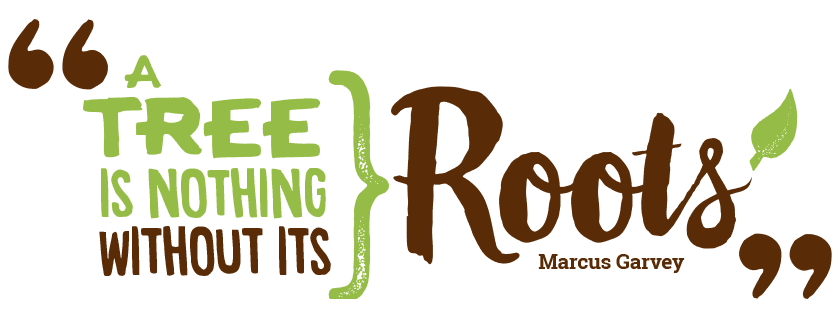- Accommodation

The cycle of most man-made materials, however, follows a linear model that typically starts with the extraction of raw materials. These then go through a manufacturing process before being transported, used, and finally discarded at the end of their useful life.
Nature’s life cycle follows a cyclical flow that allows it to be self-sustaining. The cycle of most man-made materials, however, follows a linear model that typically starts with the extraction of raw materials. These then go through a manufacturing process before being transported, used, and finally discarded at the end of their useful life.
The traditional life cycle of timber – one of New Zealand’s most commonly used building materials – is an example of this linear model. Even though most of us know it to be a renewable resource, the fact is that we rarely think about where it comes from or where it goes after we’ve used it.
At Camp Glenorchy, all our decisions are guided by the following question: What if every single act of design and construction could make this world a better place? This principle has led us to rethink the traditional approach to using timber and to make design decisions aimed at transforming this linear model into one that is more sustainable.
If you are building or have ever built a house in New Zealand, you’re likely to have used a timber frame. Even if this is not the case, most of us have used timber for some form of construction, such as a renovation or a DIY project. We simply go to the hardware store or timber merchant where timber is sold in all shapes and sizes to meet our every need.
We often forget that before being neatly stacked on shelves or in stockrooms, the timber has been transported from sawmills around the country, where it was cut and treated. Before that, of course, the logs were purchased from the forest growers who felled the trees.

New Zealand is considered one of the world’s top timber producers. The industry generates around 4 million cubic metres of timber every year, using mainly Radiata Pine and Douglas Fir (both introduced plant species) that come from renewable plantation forests3.
There are many good reasons to use timber for the construction of our buildings at Camp Glenorchy. Not only does it come from a renewable resource (unlike quarried materials), it also continues to store carbon for the duration of its life. Timber reduces build times, has better thermal insulating qualities than competing products4, and adds character and warmth to interior spaces.
However, there are also some negative aspects related to the timber industry and to the way timber is most often used in New Zealand:
Timber is the primary building material in New Zealand and the environmental impacts of the timber industry are therefore large in scale. Timber is responsible for 24% of the waste generated by new residential construction, second only to plasterboard. Most of this timber has been previously treated and is hard to recycle because of the chemicals used. It, therefore, ends up in landfills or is chipped or ground up to be used as boiler fuel. Treated timber offcuts can’t be burned for space heating or for cooking food; nor are the shavings suitable to be used as garden mulch.
Disposing of timber in landfills during construction and at the end of a building’s life is costly and represents the final stage of the linear model that the life cycles of most man-made products and materials follow. Finding alternatives to transform this model into a more cyclical and sustainable one is essential.
Timber is the perfect material to convey the desired look and feel of the buildings at Camp Glenorchy. It will be used for framing, as well as for exterior and interior cladding.


We will be using timber in full awareness of its traditional life cycle and are making efforts towards transforming this typically linear process into a cyclical one. To do this, we are focusing our efforts in two main areas: using salvaged timber wherever possible and using certified timber that has been responsibly sourced. We are also committed to reducing waste, both during construction and at the end of the buildings’ life.
Salvaged timber will be mostly used for furniture and interiors, where it will add character and texture to our rooms and common areas. This timber has been recovered from local sources, including a 100-year-old woolshed carefully dismantled by our team. It has been sorted and quantified and is being stored under cover on-site for reuse in various buildings.
There are multiple benefits associated with the use of this salvaged timber:


Wherever we can’t use salvaged timber, we will source timber that is certified by the Forest Stewardship Council (FSC). This international not-for-profit organisation promotes responsible forestry practices worldwide and advocates for the economic and social sustainability of the communities affected by the timber industry. FSC certified forests work to maintain biodiversity and a healthy ecology, provide education to nearby communities and prevent exploitation or illegal forestry.
By using FSC certified timber, we are minimising the impact of the project on the ecosystems where the timber came from through best practice management and sourcing. We’ll also be able to trace all the timber we use back to its origin.
Awareness of the traditional timber life cycle has also led us to use Strandboard for interior cladding, a material made of wood flakes and resin that is resistant to moisture and is fully reusable at the end of its life. It has low volatile organic compounds (VOCs) and holds a Declare label from the International Living Future Institute.
Additionally, we are avoiding the use of chromium and arsenic to treat timber and have chosen a copper based alternative instead. We are also implementing an Environmental Management Plan to ensure we minimise quantities of waste during construction. Strategies to reduce the amount of timber waste include a preference for offsite prefabricated elements, avoiding offcuts and separation of waste streams to facilitate recycling.
 Timber is a renewable building material that has many benefits when compared to other alternatives. It is durable and full of character. However, we have a long way to go before we can say its use is truly sustainable. Increasing awareness about the traditional linear model of the timber life cycle is the first step towards transforming that model into a more sustainable, cyclical one that mimics Nature.
Timber is a renewable building material that has many benefits when compared to other alternatives. It is durable and full of character. However, we have a long way to go before we can say its use is truly sustainable. Increasing awareness about the traditional linear model of the timber life cycle is the first step towards transforming that model into a more sustainable, cyclical one that mimics Nature.
Additional steps for design and construction teams to explore include finding new and creative ways to salvage and recycle timber, using alternative treatment methods that enable the reuse of offcuts and chips, and design that reduces waste during construction. Together these strategies should considerably reduce the amount of timber sent to landfill and have the potential to bring about positive change in the life cycle of timber.
At Camp Glenorchy, we want to encourage this shift by using salvaged and certified timber, and through educational resources that aim to inspire our visitors. Reused timber tells a story and will give character to interior spaces while reducing the demand for virgin timber. Our use of certified timber guarantees that impacts on the place the timber comes from are minimal, further helping us to reduce our environmental footprint.


